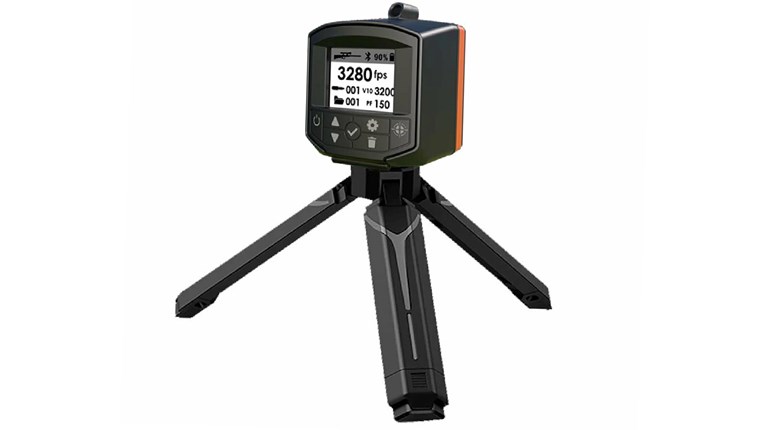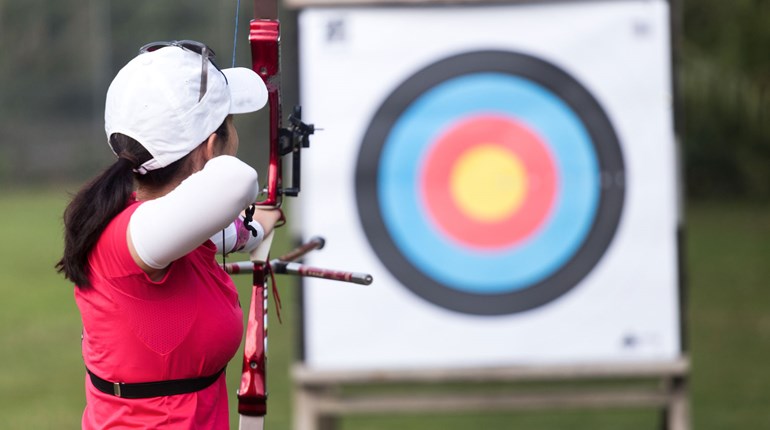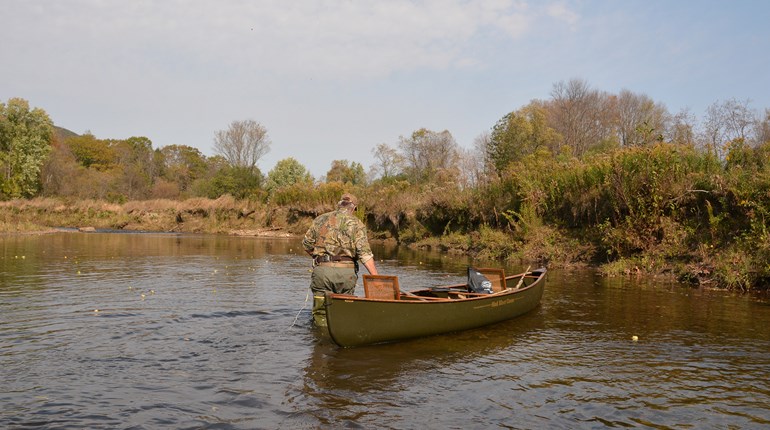
Instilling solid physical shooting form is vitally important to accurate shooting, but afterwards, the mental aspects of shooting are what separates mediocre from exceptional results. A large part is conditioning calm and confidence in the face of anxiety.
One method used by elite athletes to control performance anxiety is breathing exercises. The basic technique is to inhale slowly, deeply and evenly through your nose. Hold that breath for 5-7 seconds before gently exhaling through pursed lips (enough to bend a candle flame without extinguishing it). With each exhale, silently mouth the word “relax.” Apply this in the stand while watching game approach, or during a difficult 3-D tournament shot, and you should feel stress dissipating.
Another important tactic is employing mental imagery to create all-sensory mental experiences that become a positive influence to physical performance. In essence, positive imagery helps create a mental blueprint for success by reinforcing confidence that reduces nervous tension during stressful shots.
This can be more difficult than it appears, as most adults are conditioned to apply analytical processes, originating in the brain’s left hemisphere, to everyday tasks. The right hemisphere is where imaginative or creative thought is processed, so you must work to strengthen this creative muscle. Though imagery can be applied to dynamic situations, mastering these skills initially requires quiet, relaxed (and non-competitive) settings.
Begin breathing exercises with your eyes closed. After you become completely relaxed, begin assembling simple images. True imagery includes feelings of movement, sound, smells, touch and even emotions. Don’t just visualize an arrow zipping through vitals or centering the 12-ring. Visualize wind in the trees and feel it on your cheek. Hear the sound of a buck crunching across dry leaves or competitors’ background chatter, smell damp fall soil or mowed summer grass, feel the fall chill or summer heat on your skin, nervous energy pervading the moment.
Only then do you mentally pick a spot, place the correct pin just so, check-point shooting form and release an arrow smoothly—all with a sense of utter confidence.
After you release, follow through thoroughly, hearing the twang of the bow, feeling the riser jump in the hand, seeing and hearing the thump of the arrow driving home. The goal is to develop overall vividness and clarity in these images. Control is also crucially important, as allowing negative images to creep into your mind is hardly helpful. If negative thoughts do invade the picture, conjure a literal "stop sign" and begin anew, using a previous success as a springboard.
The awesome aspect of such training is your subconscious mind has a difficult time distinguishing between what is real and imagined. By imagining the perfect shot while waiting on stand or stalking, or facing a 3-D target, your mind believes success has already occurred—“The Power of Positive Thinking.” Imagery allows gaining all-important confidence and bowhunting experience without firing a single arrow!





































